
Yuanmingyuan, the Garden of Perfect Brightness in northwest Beijing, was simultaneously China's most famous garden and one about which little was known. It had hills, ponds, lakes, and palaces filled with treasures. Although ordinary Chinese heard about the beauty of the garden and its treasures, they could not enter it. With its burning by British and French troops in 1860, the garden became a myth in the full sense of the term. Construction of the garden began in 1709 and took more than 150 years to complete. It served six generations of Qing emperors. The Garden of Perfect Brightness became the symbol of the Chinese Empire and the real seat of the imperial power, since the Manchu sovereigns preferred to reside there rather than in the Forbidden City.
By the time the Garden of Perfect Brightness was destroyed, it was the most important imperial garden of China and held an important library, a priceless art collection, and an open-air museum of architecture and landscape architecture. With its destruction, part of the history of China and part of the memory of mankind were irretrievably lost.
We then proceeded to the ruins of Yuanmingyuan. These ruins are really embarrassing for Westerners in general, even if the Chinese undoubtedly have brought the greatest harm to this place themselves using the ruins as a gigantic quarry for lime stone and marble to burn cement out of.
Despite the devastation, it is a powerful and moving experience to see all these ruins that like crushed hopes lie shattered in the grass. Of fallen columns and volutes the Chinese had put together a dragon-looking squiggle. Some archaeologists or scientists that Bo met at the site and began speaking to, told that they were planning to clean up this place into something a little more authentic.
Faced with this gigantic "Europism", a counterpoint to our own Chinese Pavilion at the Castle of Drottningholm, I could not help but make some reflections on the column architecture's development, from Egyptian tombs to the Greek natural temples located there as a contact place between man and god, heaven and earth, flushed throughout by fresh air and without fear or anxiety.
The Romans on the other hand quickly adopted columns in its power language architecture; the more the better. In the facade of Coliseum in Rome we find not less than four rows of columns, one set upon the other. During the Counter-Reformation columns was then absorbed by the Catholic Church of which the courtyard of the Saint Peter's Church is a good example. The power language is almost numbing when you stand there and look around. Man is standing there small and dumbfounded before the power and the glory in eternity, amen, before she can go in-between additional columns and experience Michelangelo's own contribution, the colossal order on Saint Peter's Basilica.
The architectural details here appears to have been taken from the Baroque, although some ornaments are more than a little stereotypical. Can't help wonder what knowledge in architecture the Jesuits who designed this palace really had.
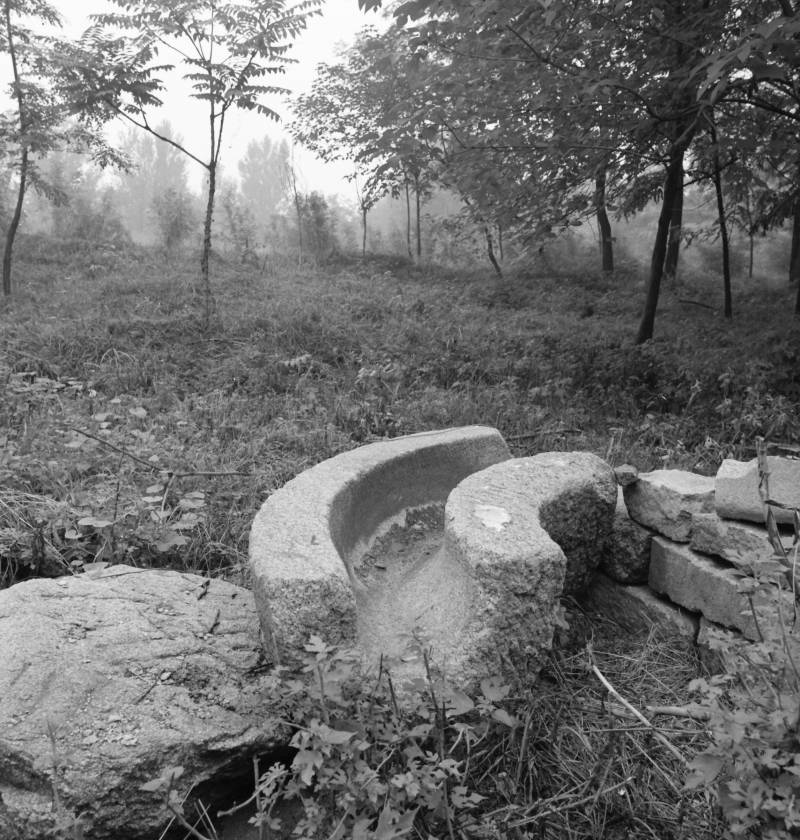
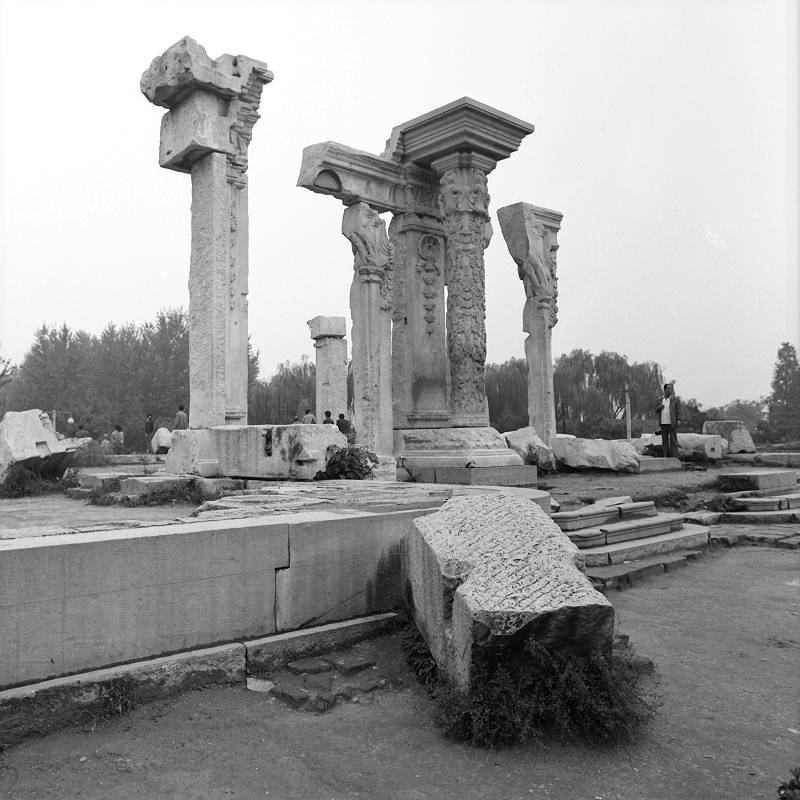
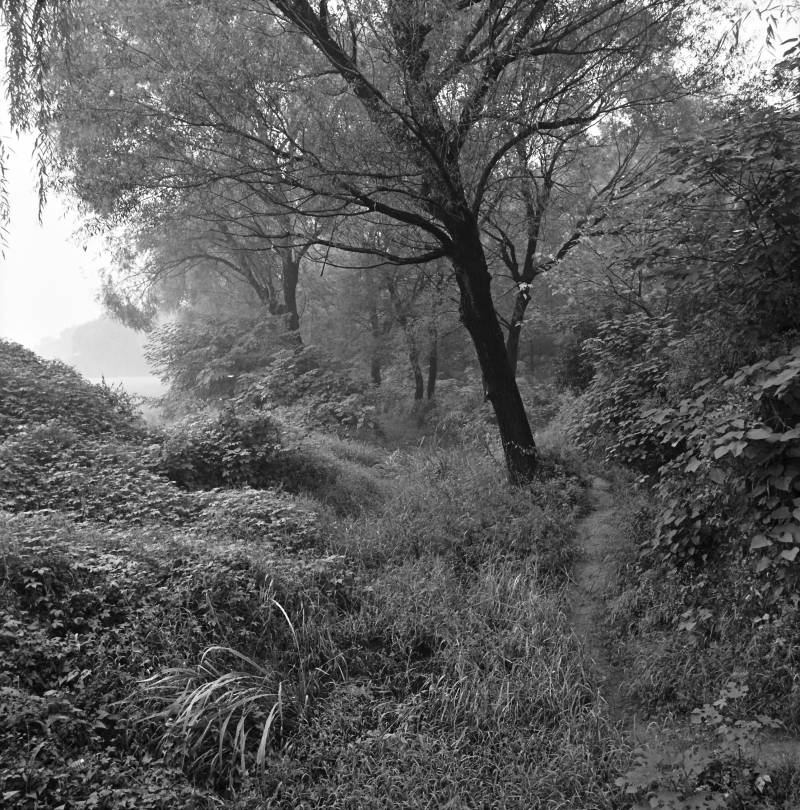
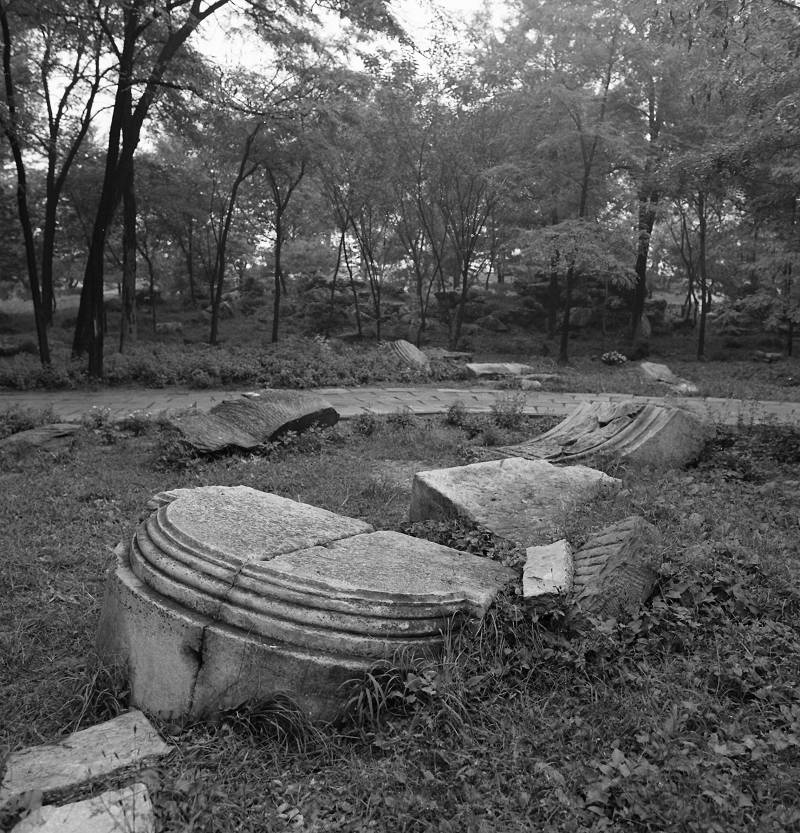
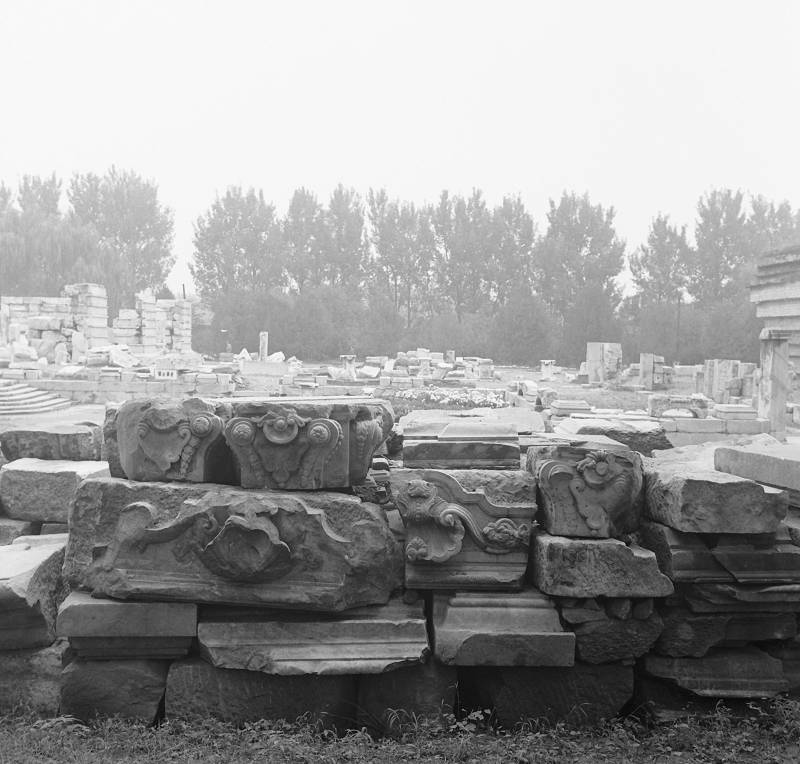
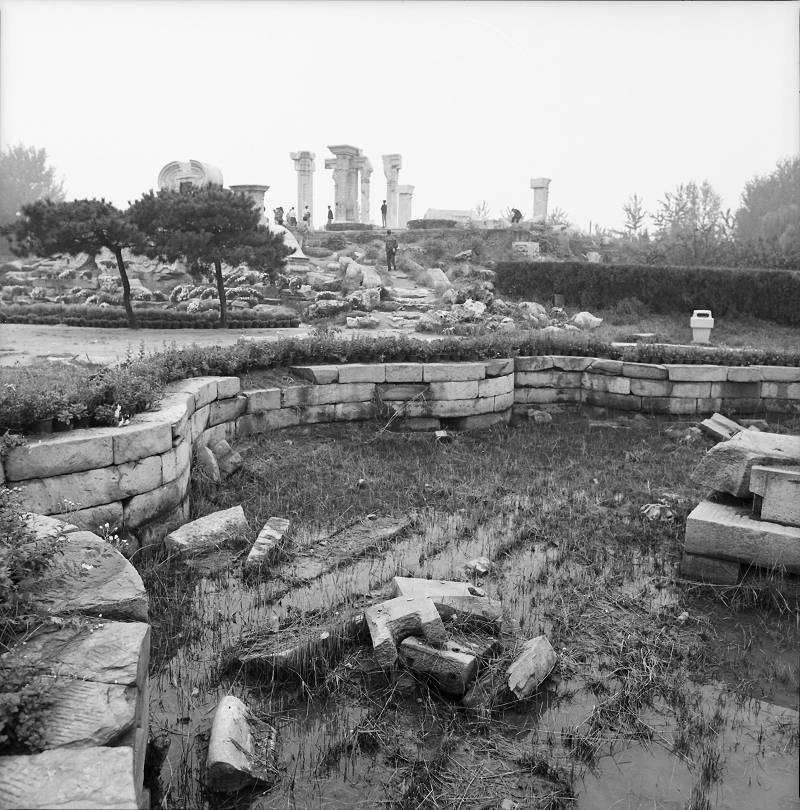


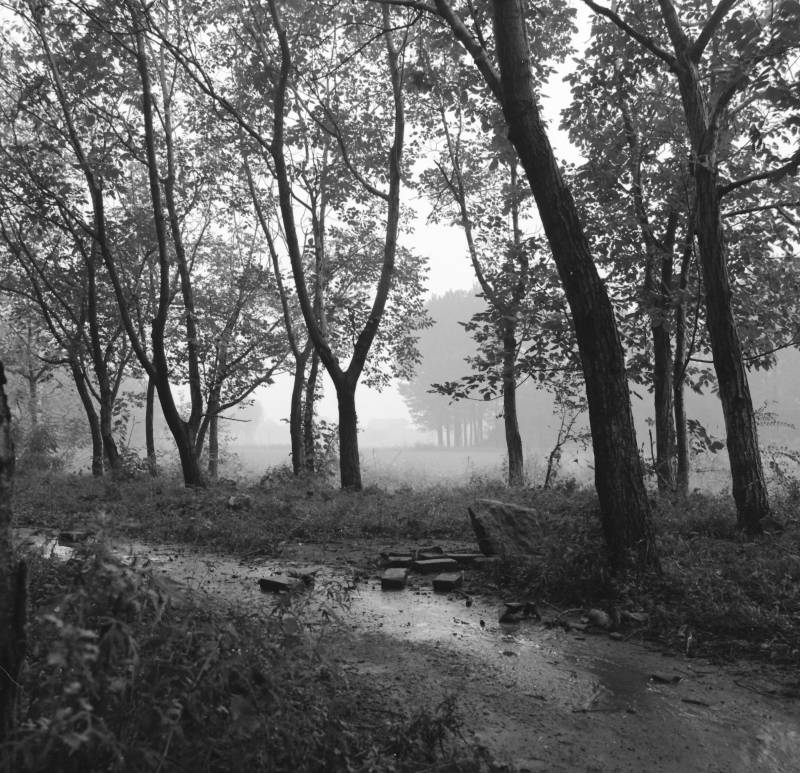
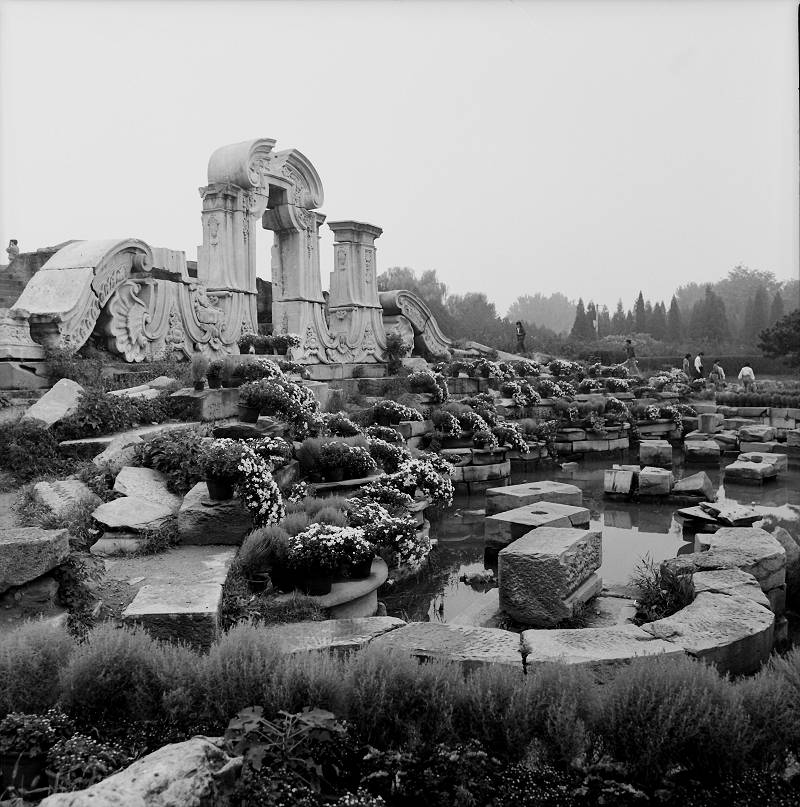
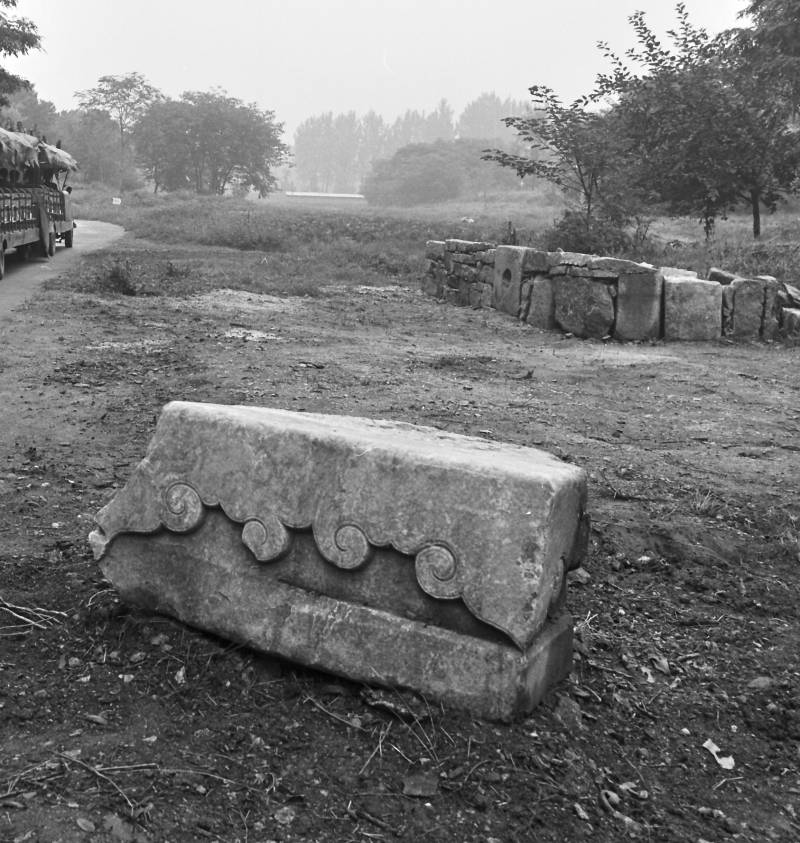

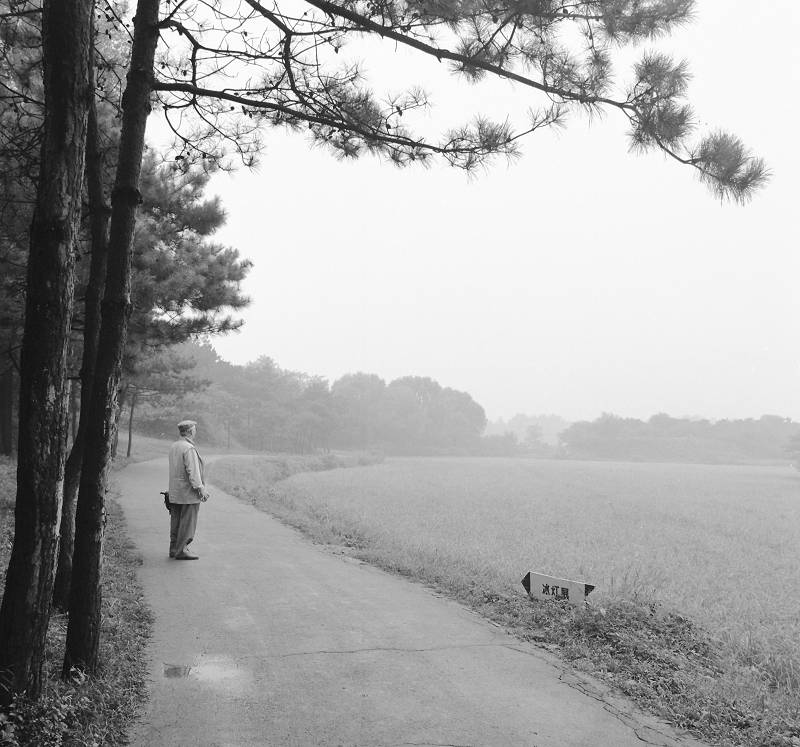
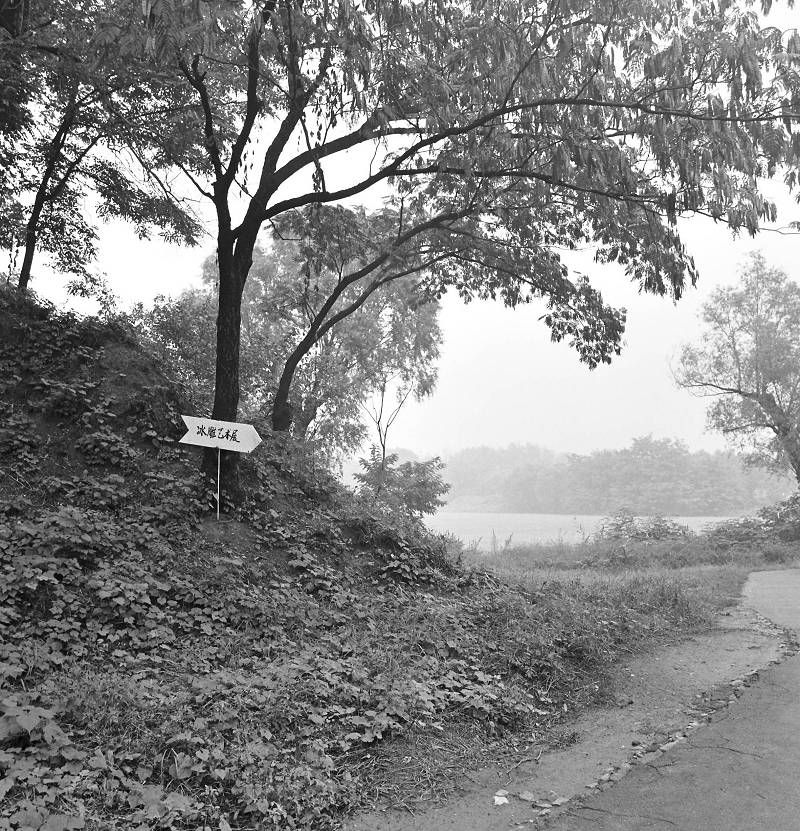
Lunch and sweater shopping at Beijing Hotel. A walk along the main shopping street Wangfujing Lu. After lunch Bo wanted to look for good Chinese paintings. He had used to be able to buy real artists work at at Wangfujing, which he had wanted to show me. Now had was a bit disappointed. We saw paintings at the Beijing Painting Shop that was clearly just aimed at the tourist trade. Times had changed and so had the art market or maybe just the number of tourists.
Walked past the Main Department Store that contained a considerably assortment, including toys. Was looking for a new bag at the Traveling Suitcase Salesroom. Visited the Foreign Languages Press' bookstore. Returned back to the shop in the evening and bought a large silvery glass fiber reinforced luggage, made in Japan. There were not much street lamps, just one occasional bulb here and there making the feel of walking the the street in central Beijing a little bit like attending a temporary Christmas market in Sweden. Surreal and intimate at the same time considering the size of this city.
Eventually we set out to visit the Confucius Temple.
The location of the Confucius Temple is very close to the Lama Temple. We are going by cab as much as possible since we are covering a lot of ground.
The Temple covers 22,000 square meters and is as everything else made up of several courtyards and buildings laid out on a central axis. The main buildings on the central axis are the Xianshi Gate, the Dacheng Gate, the Dacheng Hall and the Chongsheng Memorial Temple. There are also two rows of smaller buildings on the left and right side of the grounds.
The temple is older than the Forbidden City. Construction began in 1302, the sixth year of the reign of Emperor Dade of the Yuan Dynasty and was completed in 1306. The temple was enlarged, restored and rebuilt during the Ming Dynasty and again during the Qing Dynasty.
The temple is still dwarfed by the neighboring Beijing Imperial Academy (Guozijian) which is twice the size of this temple and the only imperial college from ancient times preserved up to now, with over one hundred buildings.
This place is one of those that Bo likes the best. I can understand that, the environment is very calm and intellectual. Its very not intrusive to your senses and you can really sit and think in here if you like. Confucianism is certainly different things to different people. Some might think of it as a hard reign full of discipline while others I believe just think it is comfortable enlightened.
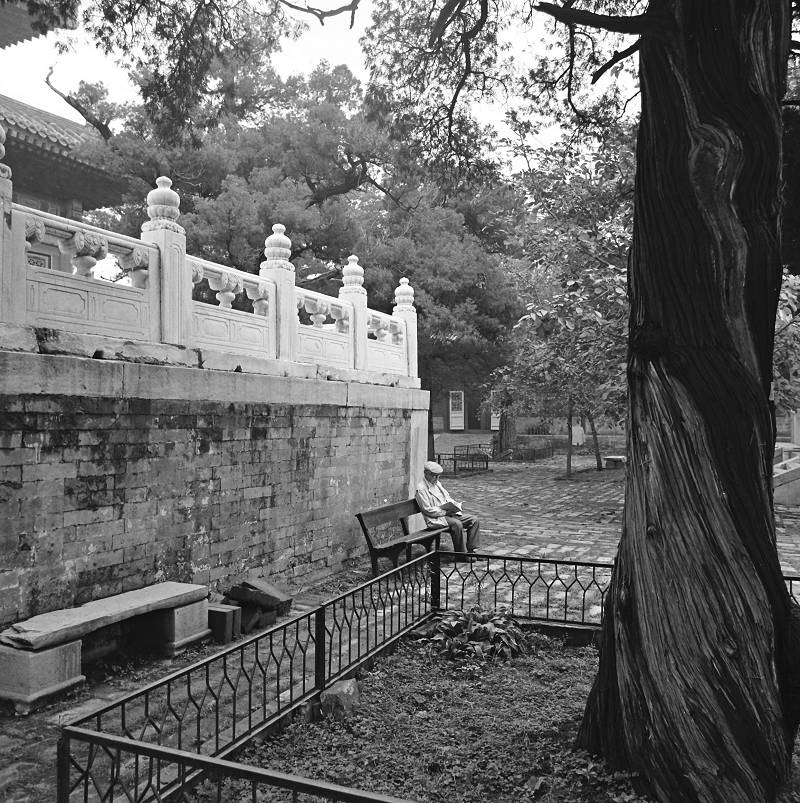
This was the powerhouse for the Chinese government and the place that the Emperor visited the most outside the Forbidden City. Here is where all the students came to become examined after having made it in the provincial exams. Anyone that could studied would be accepted to become examined. If you were successful a life of power and influence was waiting, and the prestige and favours weather they ever materialized or not, was expected to spill over the entire family and clan that had supported the student. Sometimes a whole village would clap together to support an especially gifted student of their own. Some kept on studying and trying their entire life.
In the yard here are erected and still kept memorial tablets with the names of the 56,000 Chinese scholars who were examined and graduated here during the Yuan, Ming and Qing dynasties.
It is very peaceful in here once you have come inside the main gate. The first courtyard is more like a park sparsely filled with cedar trees. Far enough for each other to offer shade while not obscuring the view.
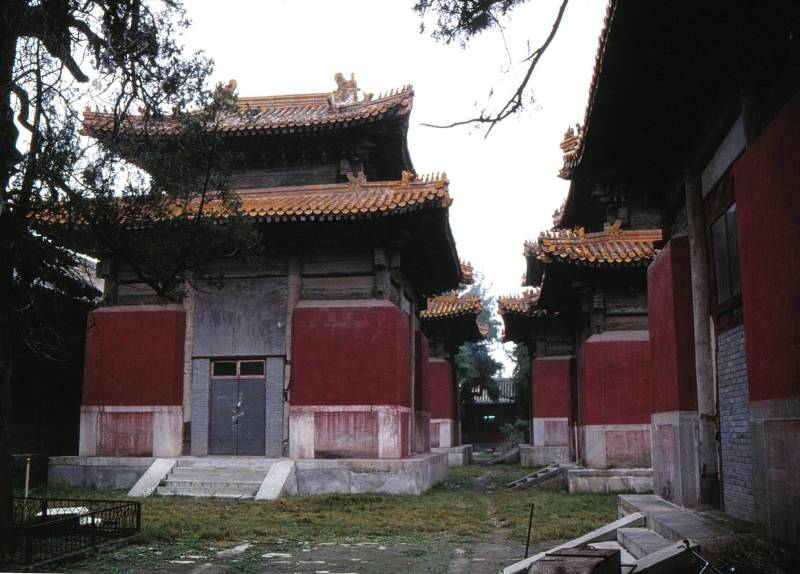
Examination booths in the Confucius Tempel garden
In the inner courtyard are still the boarded up examinations boots. They were in fact in use until the end of the Qing dynasty in the early 1900s.

In the middle, the Beijing artist Wang Tianhe, Professor at the Guangzhou School of Chinese National Art. To the left. Ms Liu Xiou Lam, Capital Museum.
In a side pavilion is an ongoing art exhibition with the kind of real artists that Bo had been looking for and they are actually selling their pieces. We walk around and take our picks, It doesn't matter how hard I try, Bo is buying better pieces then I am. For the evening we invite the professor and artist Wang Tianhe and his friends and colleagues to our hotel to listen more about the art situation in China now. Dinner is a Mongolian buffet at our Hotel.